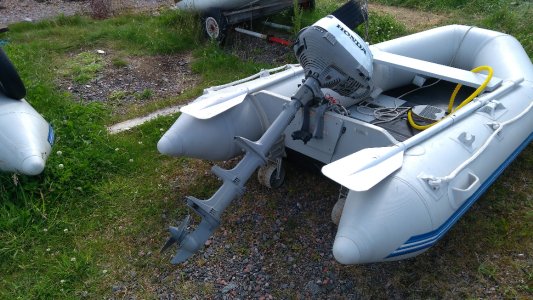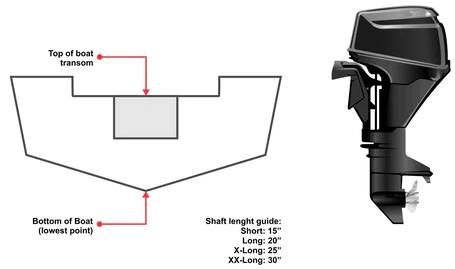Capt Popeye
Well-Known Member
Well owing to changing my boats again I am up against getting the right Shaft Length OB : On researching Dealers I get Short , Medium Short , Long , Extra Long which is really limited use when ones Stern measures up as an Inbetween size , the dealers say best measure my OB Shaft lengths then ;
Might ask why them Dealers cannot measure up a stock Outboards Shaft Length and put that in their adverts ?
Maybe a lot of Dealers used to sell cars or nappies before ? urg
Might ask why them Dealers cannot measure up a stock Outboards Shaft Length and put that in their adverts ?
Maybe a lot of Dealers used to sell cars or nappies before ? urg


